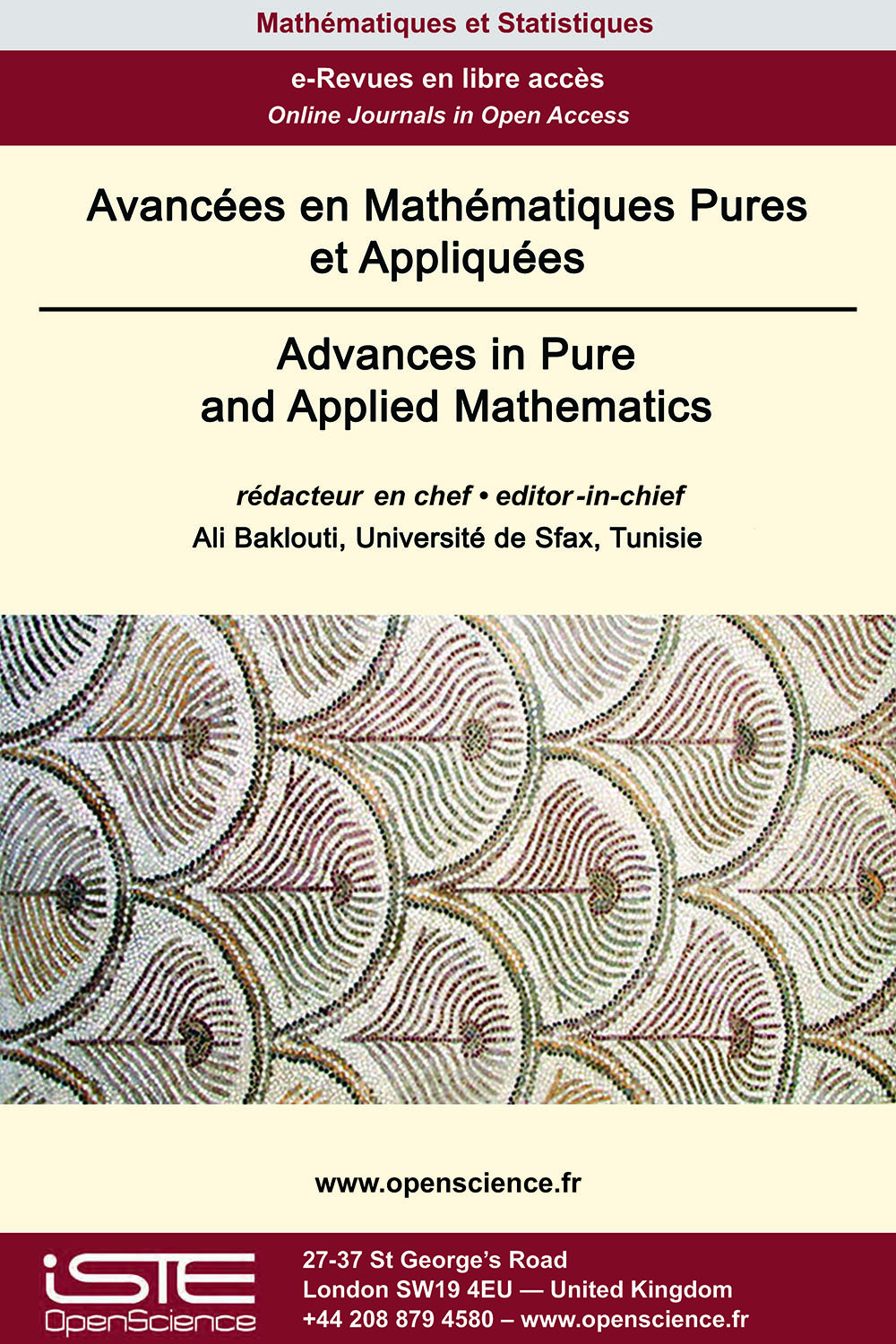

Mathématiques > Accueil > Avancées en Mathématiques Pures et Appliquées > Numéro
In a preceding paper we introduced a notion of compatibility between a Jacobi structure and a Riemannian structure on a smooth manifold. We proved that in the case of fundamental examples of Jacobi structures : Poisson structures, contact structures and locally conformally symplectic structures, we get respectively Riemann-Poisson structures in the sense of M. Boucetta, (1/2)-Kenmotsu structures and locally conformally Kähler structures. In this paper we are generalizing this work to the framework of Lie algebroids.
The aim of this paper is to give an overview of some inequalities about $$$L^p$$$-norms ($$$p$$$ = 1 or $$$p$$$ = 2) of harmonic (periodic) and non-harmonic trigonometric polynomials. Among the material covered, we mention Ingham’s Inequality about $$$L^2$$$ norms of non-harmonic trigonometric polynmials, the proof of the Littlewood conjecture by McGehee, Pigno and Smith on the lower bound of the $$$L^1$$$ norm of harmonic trigonometric polynomials as well as its counterpart in the non-harmonic case due to Nazarov. For the later one, we give a quantitative estimate that completes our recent result with an estimate of $$$L^1$$$-norms over small intervals. We also give some stronger lower bounds when the frequencies satisfy some more restrictive conditions (lacunary Fourier series, “multi-step arithmetic sequences”). Most proofs are close to existing ones and some open questions are mentionned at the end.
In this paper we study warped products endowed with a new semi-symmetric non-metric connection, which, we called Diallo-Massamba connection. We establish relationships between the Diallo-Massamba connection of the warped product to those of the base and the fiber. Also, we derive the curvature formulas for warped products with the Diallo-Massamba connection in terms of curvatures of its components. Examples of Diallo-Massamba connection are also given.
In this note we revise the perturbation result of [7] on the prescribed Branson-Paneitz curvature problem on the n-dimensional unit sphere, $$$n$$$ ≥ 6. We remove condition (A1) of ([7], Theorem 1.3) and we prove an entirely new perturbation theorem.

2024
Volume 24- 15
Numéro 1 (Janvier 2024)2023
Volume 23- 14
Numéro 1 (Janvier 2023)2022
Volume 22- 13
Numéro 1 (Janvier 2022)2021
Volume 21- 12
Numéro 1 (Janvier 2021)2020
Volume 20- 11
Numéro 1 (Mai 2020)